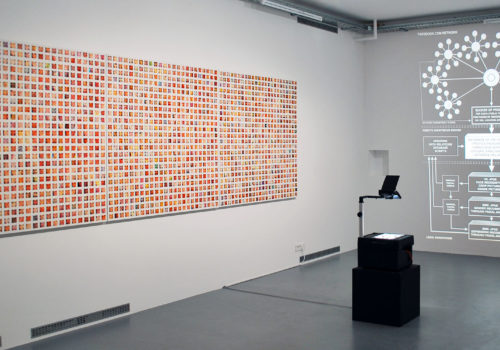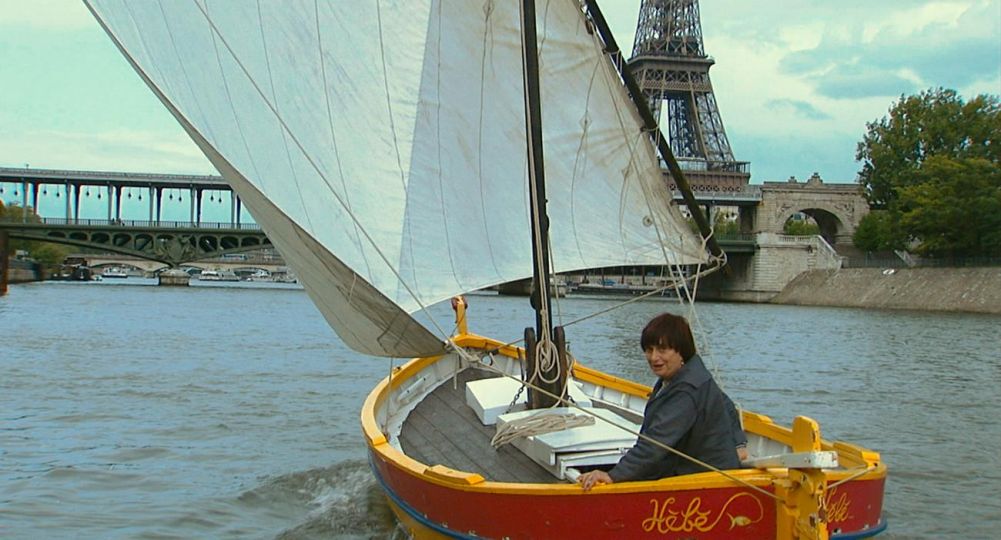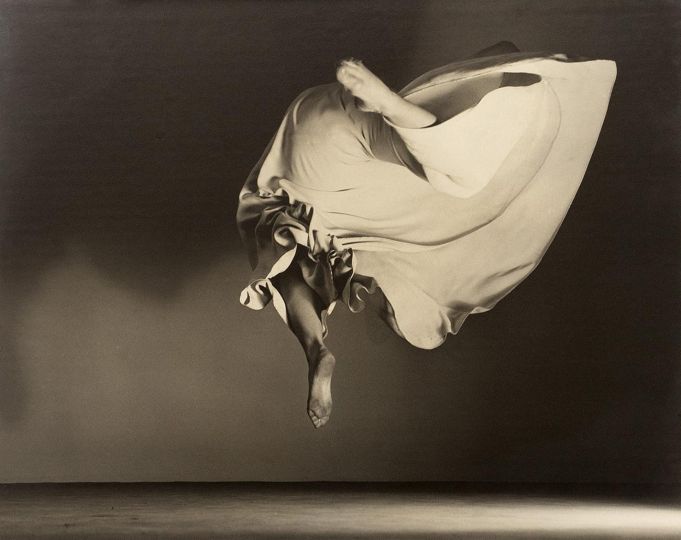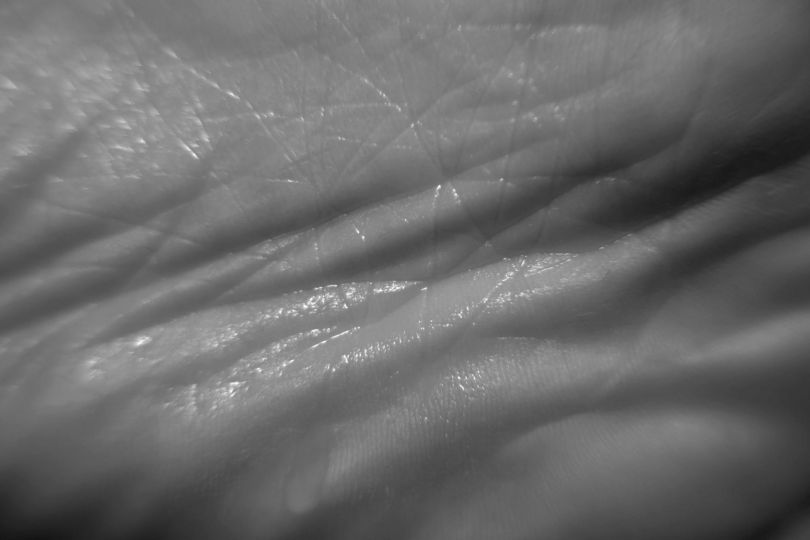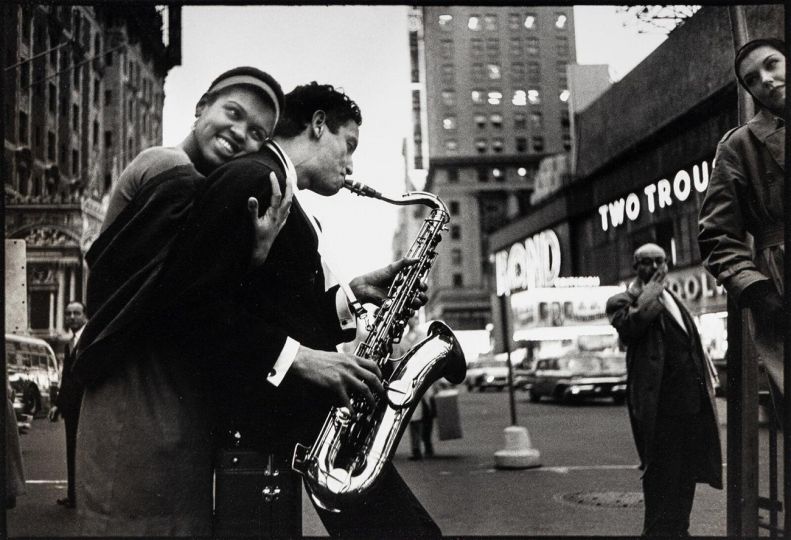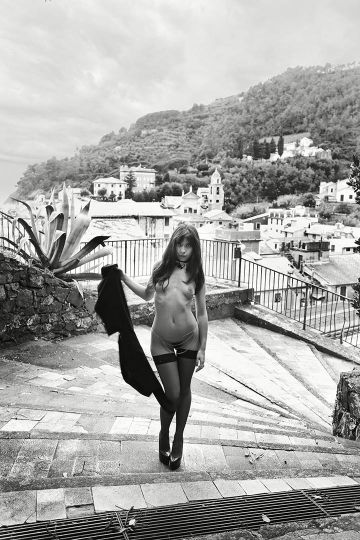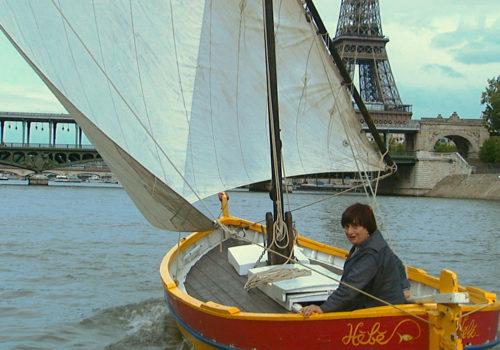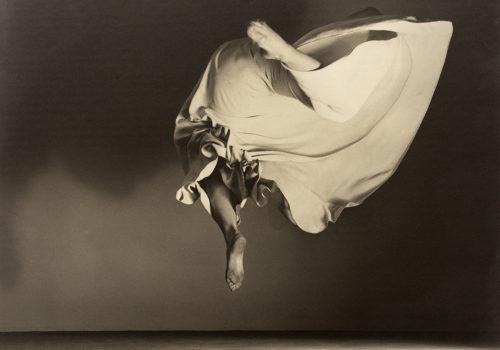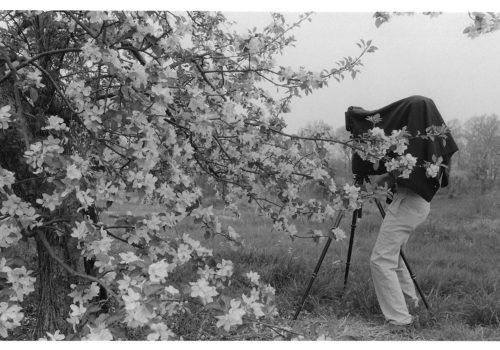This exhibition was put together by Christiane Paul, Associate Professor in the School of Media Studies at The New School and Adjunct Curator of New Media Arts at the Whitney Museum. For the past ten years, she has been intrigued by the increasing disappearance of the boundary between the public and private spheres.
Whether through social media or the proliferation of surveillance systems, privacy is becoming a thing of the past. There’s something both amusing and disturbing about the exhibition that explores the notion without redundancy. Within the media-based world, photography is one of the preferred methods of sharing knowledge, and several works on display use and redefine it.

